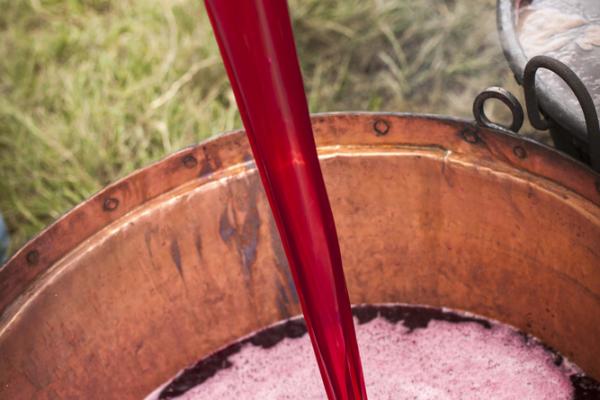Jan 11, 2016
The activities of the Christian community should be no less vigorous as we enter the mid-month point in January 2016 and the energy of the Christmas season has passed. In fact, it is on this second Sunday after Epiphany (the Christian feast day and season known as “manifestation”) that an honest evaluation of our situation locally, regionally, and abroad should be made.
Read the Full Article

Already a subscriber? Login
